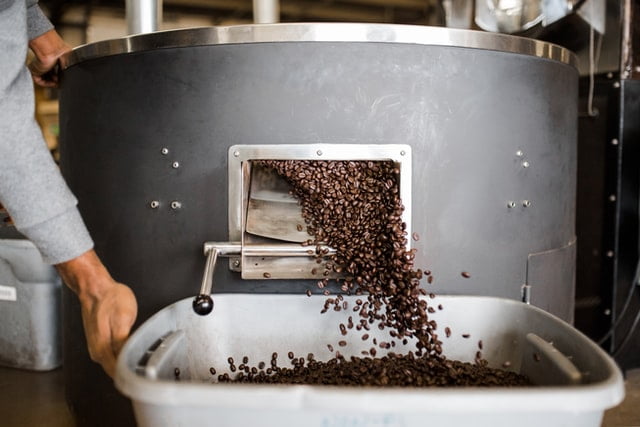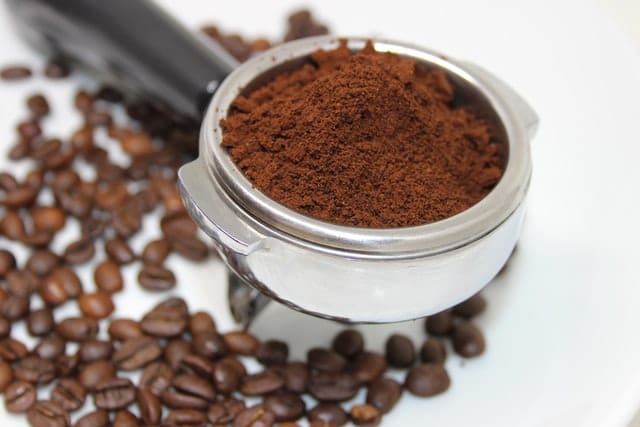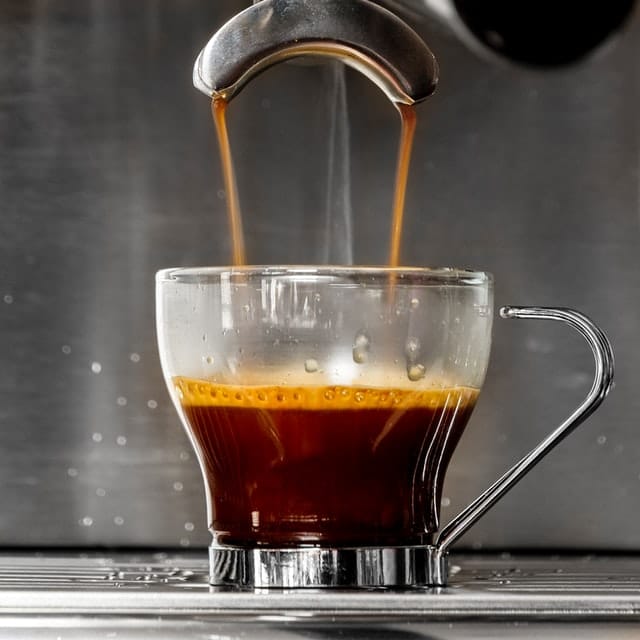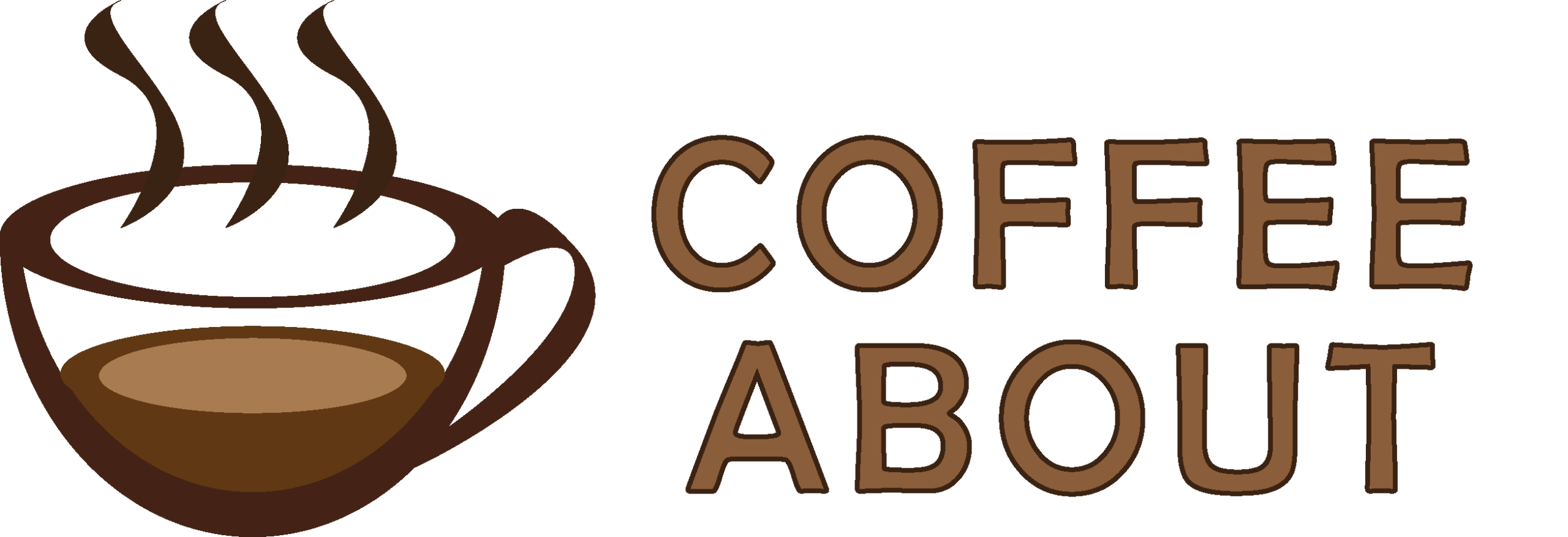Getting a perfect shot of Espresso is not an easy thing. You either end up with a shot that is too foamy, or there will be no layer of Crema over your Espresso shot.
Many small factors affect the taste and texture of your Espresso shot. Like the quality of coffee beans, the size of the coffee grounds, the amount of coffee grounds, and the tamping coffee grounds in the portafilter. You can only achieve a level of perfection with experience.
The layer of foam on the top of the Espresso is inevitable because of pressurized extraction, and the perfect layer of Crema is the sign of a freshly brewed shot of Espresso. It makes your Espresso more beautiful and aromatic.
There are three reasons why your espresso is too foamy. Dark-roasted coffee beans create more foam than light or medium-roasted beans. Or, if the grounds are too fine, the shot will be over-extracted and have a thick layer of foam. In addition, too much pressurized water also creates a thick layer of foam.

5 ways to fix foamy Espresso or too much crema
If there is too much Crema on the shot of Espresso, it will make the taste of your espresso bitter, burnt, and very undesirable.
Let’s discuss how can you fix foamy Epsresso and make your Espresso rich, sweet, and flavorful.
1. Quality and Freshness of roast
The thickness and color of Crema tell us a lot about the Freshness and quality of coffee beans.
Freshly roasted coffee beans have a large amount of carbon dioxide and make a very thick Crema layer.
If you buy freshly roasted coffee beans from a local roaster, then you will get a very foamy espresso.
Yes, it’s good to buy fresh coffee beans from local roasters but it’s also recommended to let beans sit for at least a week before using them.

Conversely, if the coffee beans you are using are very old, there will be no crema over your shot, which is also not a good sign.
In my experience, the perfect window for using coffee beans is the period between 10-30 days after roasting.
2. Roast and type of Coffee beans
Dark roasted coffee beans have more carbon dioxide because of the prolonged roasting process. That’s why they create more foam.
The thickness of the foam also depends on the type of coffee beans. Robusta coffee beans create more foam than Arabica beans.
So, if you hate too foamy espresso shift to 100% Arabica medium-roasted beans. These beans will naturally make less foam.
Check out our article on the best coffee beans for Espresso. I have compared the flavors and qualities of 10 different espresso beans.
3. Size of coffee grounds
The perfect grind size for Espresso is fine. If you use coarse coffee grounds to make Espresso, your shot will remain under-extracted with very weak flavors.
And if you use coffee grounds that are too fine, the Espresso will become over-extracted, and you will get too much foam on the top Espresso

So, it’s your task to find the grind size that will result in a perfect layer of Crema. Experiment with 6 to 7 different grind sizes in the fine range, and you will surely get the best result.
4. The ratio of coffee to water
The ratio of coffee to water affects the taste of Espresso as well as the layer of foam over it.
The Crema will be thick if you use too many coffee grounds for brewing a shot. And If you are using too few coffee grounds, there will be very little or no layer of foam over your shot.
The ideal ratio of coffee grounds to water is 1 to 2. That means for 30-40 grams double shot; you should use 15-20 grams of coffee grounds. But you can adjust this ratio according to taste.
You can get a better estimate by measuring the brewing time. The ideal shot of Espresso should take 25-30 seconds.
5. Temperature and Pressure
The higher the temperature and pressure, the more carbon dioxide will get trapped, resulting in a very thick layer of foam.
I am discussing this factor at last, as most espresso machines automatically adjust the temperature and pressure of water, and you have no control over it.
The ideal pressure for brewing Espresso is around 9 bars, and the ideal temperature is about 195 to 205 degrees.
So, if your Espresso machine gives you control over the temperature and pressure, try adjusting it around these numbers; you will get the best results.
For Making a better shot of Espresso read a guide on Dialing in Espresso Machine
Is Espresso supposed to have foam on top?
Crema is the essence of Espresso; it is formed due to the pressurized brewing process, which is unique to Espresso. This layer of Crema gives the Espresso a thick texture and a very flavorful aroma. This layer of foam doesn’t form in other brewing methods, as all other methods like Pour-over, French Press, etc., don’t use pressurized water.
But what actually Crema is actually, and how is it formed?
The roasting process infuses coffee beans with carbon dioxide. During espresso preparation, pressurized hot water is forced through the grounds, extracting both flavor compounds and carbon dioxide.
Upon releasing the pressure, the espresso can no longer retain all the carbon dioxide. Some escape into the air, while the rest adhere to coffee and water molecules, forming a frothy, bubbly layer atop the espresso. This layer is known as crema.

What does Crema taste like? Should you stir it or skim it?
The taste of Crema is not as beautiful and delicious as it looks. It tastes more bitter and burnt than the actual Espresso under it.
So, should you stir the Crema in the shot or skim it out of the cup?
This question has been debated for many years. Some experts suggest stirring it while some suggest the opposite to it.
Well, it mainly depends on your taste. If you hate bitterness, then you should skim the layer of Crema. It will remove most bitterness from your shot, and sweet flavors will become dominant.
According to SeriousEats:
“True, taken on its own the crema is a dry, ashy, overpoweringly bitter substance that would be unpleasant to drink terribly much of. So skimming it off a shot of espresso achieves a few things, in theory. Not only does it eliminate some of the ashy bitterness, but it also eliminates some of the mouth-coating foam and cleans up the texture on the drinker’s tongue.“
If you are like me and like balanced bitterness in the taste, you should stir the shot before drinking it.
The cream layer should either be skimmed or stirred and not left as it is.
If you don’t do it, the flavor you get will not be balanced. It will be very bitter at the top and sweet at the bottom. I like bitterness in Espresso but not alone; it should be mixed with other flavors of Espresso to get a perfect balance.
I have prepared a list of 10 best portable Espresso makers. If you want to make espresso easily anywhere, make sure to check it out!
Final thoughts
A layer of Crema or foam is the indicator of the Freshness of your cup of coffee and makes it flavorful and aromatic. But it becomes a problem if there’s too much crema on your shot of Espresso as its taste is very bitter.
Do you stir the crema or skim it off? Do let us know in the comments!
Related Espresso guides:
- How to make Espresso without a machine
- Why are Espresso machines so expensive
- How long does Espresso last
- How to Use an Espresso Machine
FAQs
How much foam should an espresso have?
The layer of Crema should not be thicker than 1/10th of your cup. If it is thicker, it will make your shot bitter and bubbly.
What should the perfect crema look like?
Crema is the trademark of a perfectly pulled shot of espresso. The crema should be evenly distributed across the surface of the espresso shot, with no visible holes or breaks in the foam.
Additionally, the color of the crema can be an indicator of the quality of the espresso shot. A dark, almost black crema can indicate over-extraction, while a thin or pale crema can indicate under-extraction. Ideally, the crema should be a rich, reddish-brown color.



